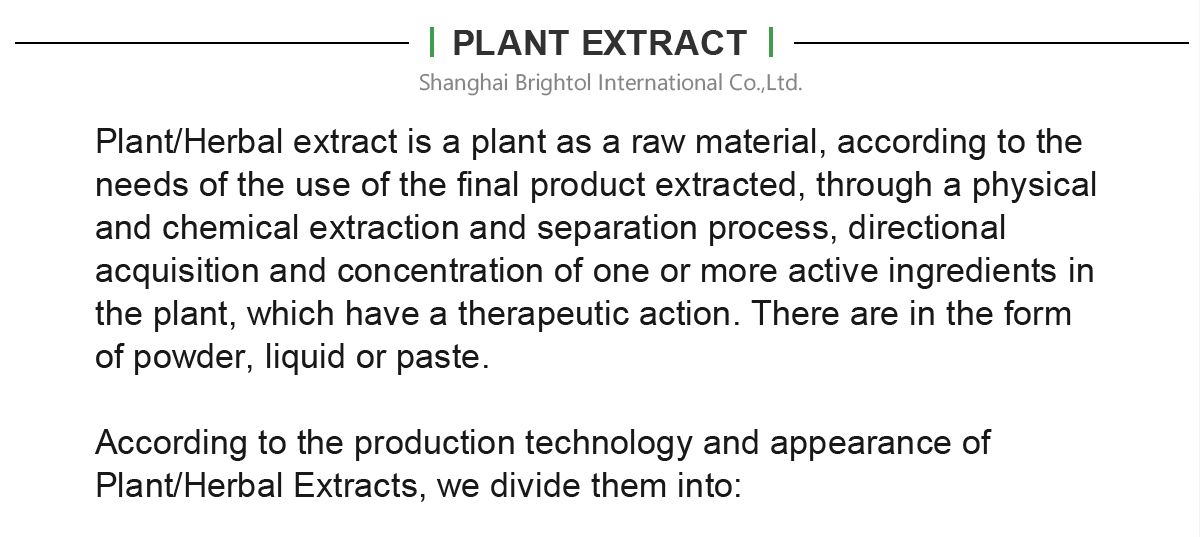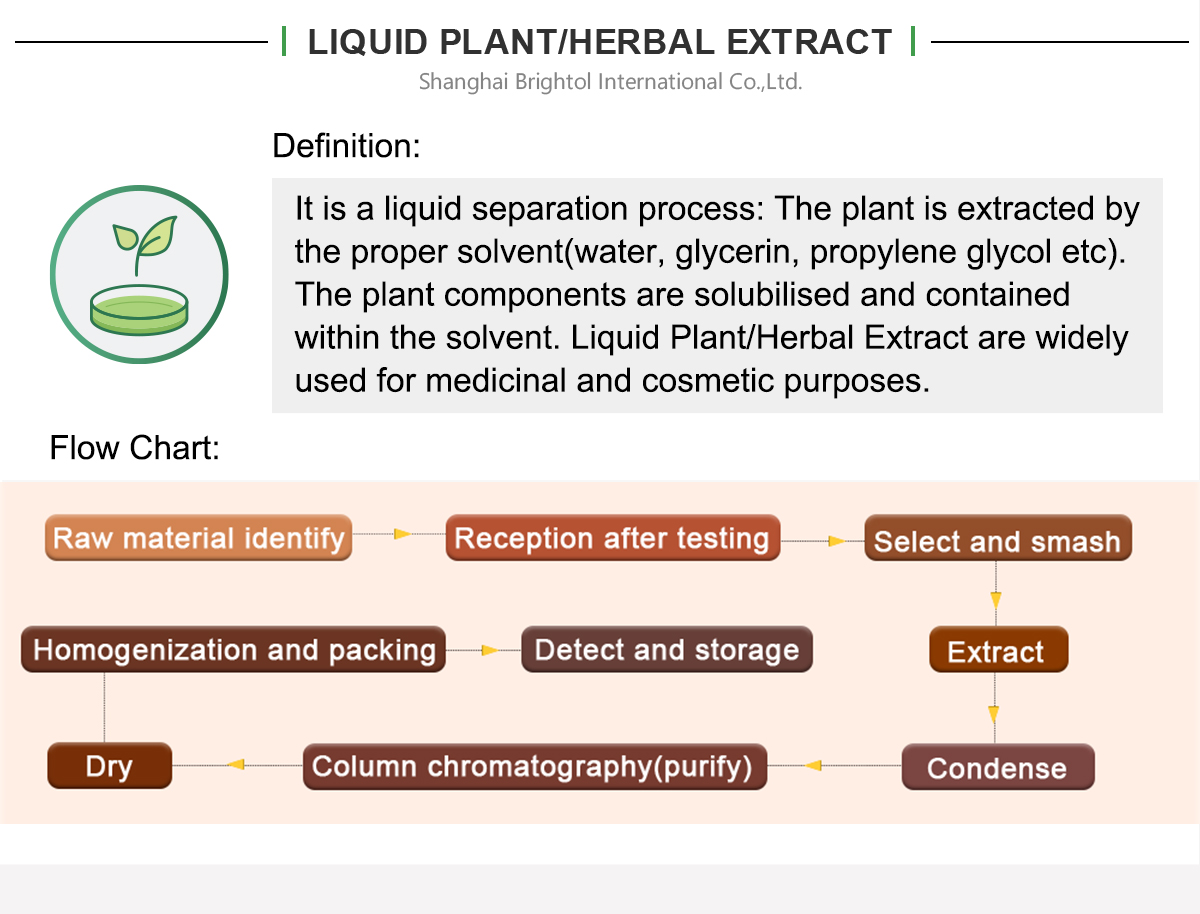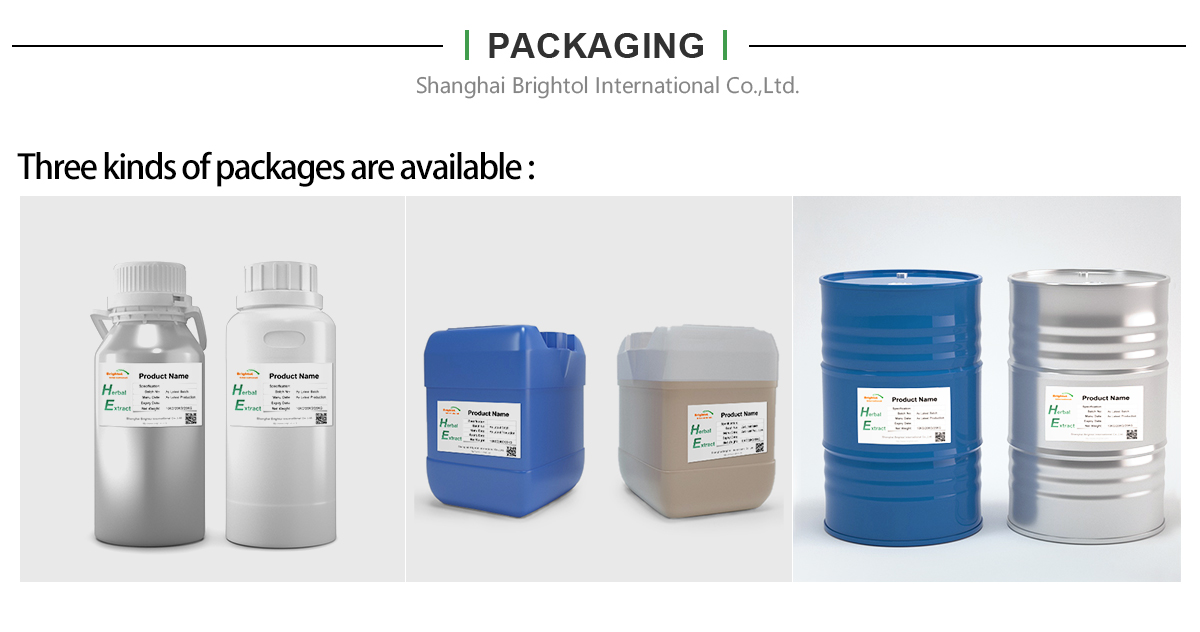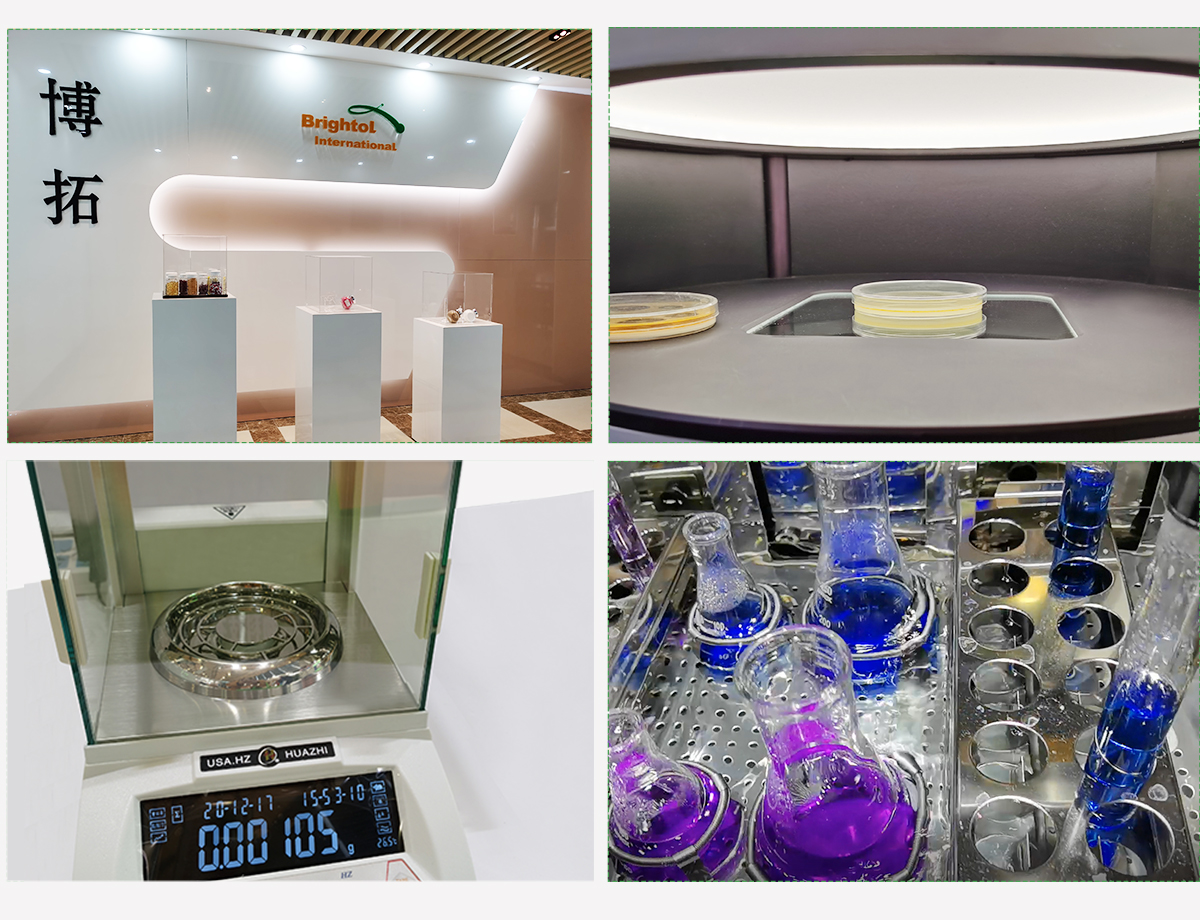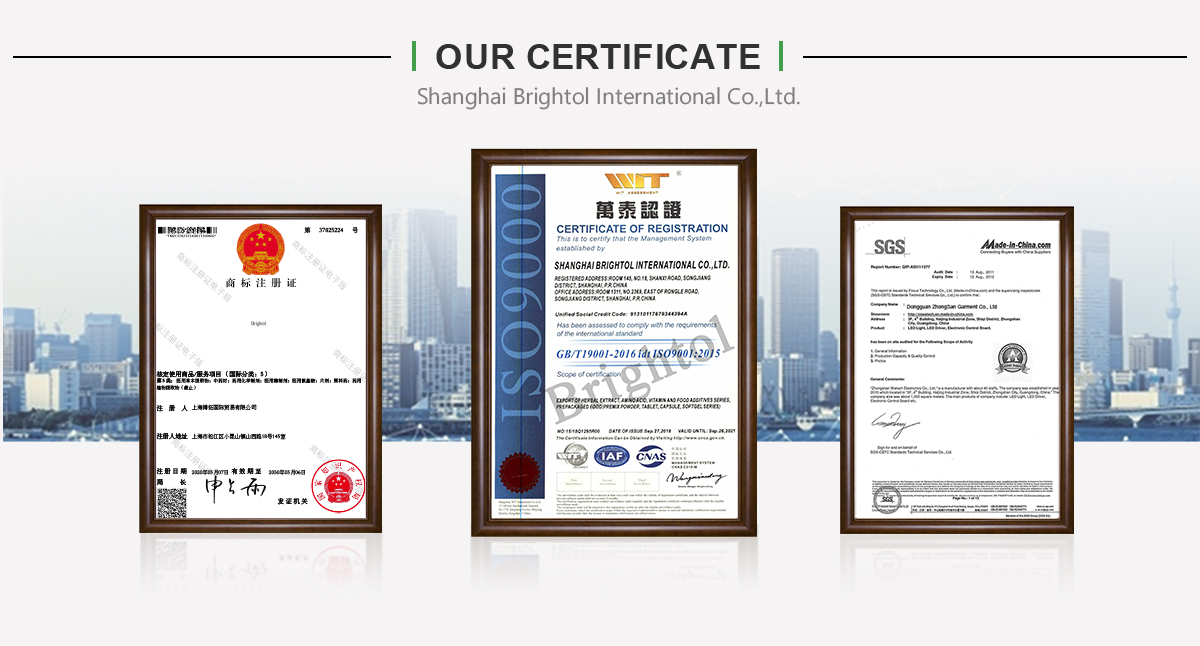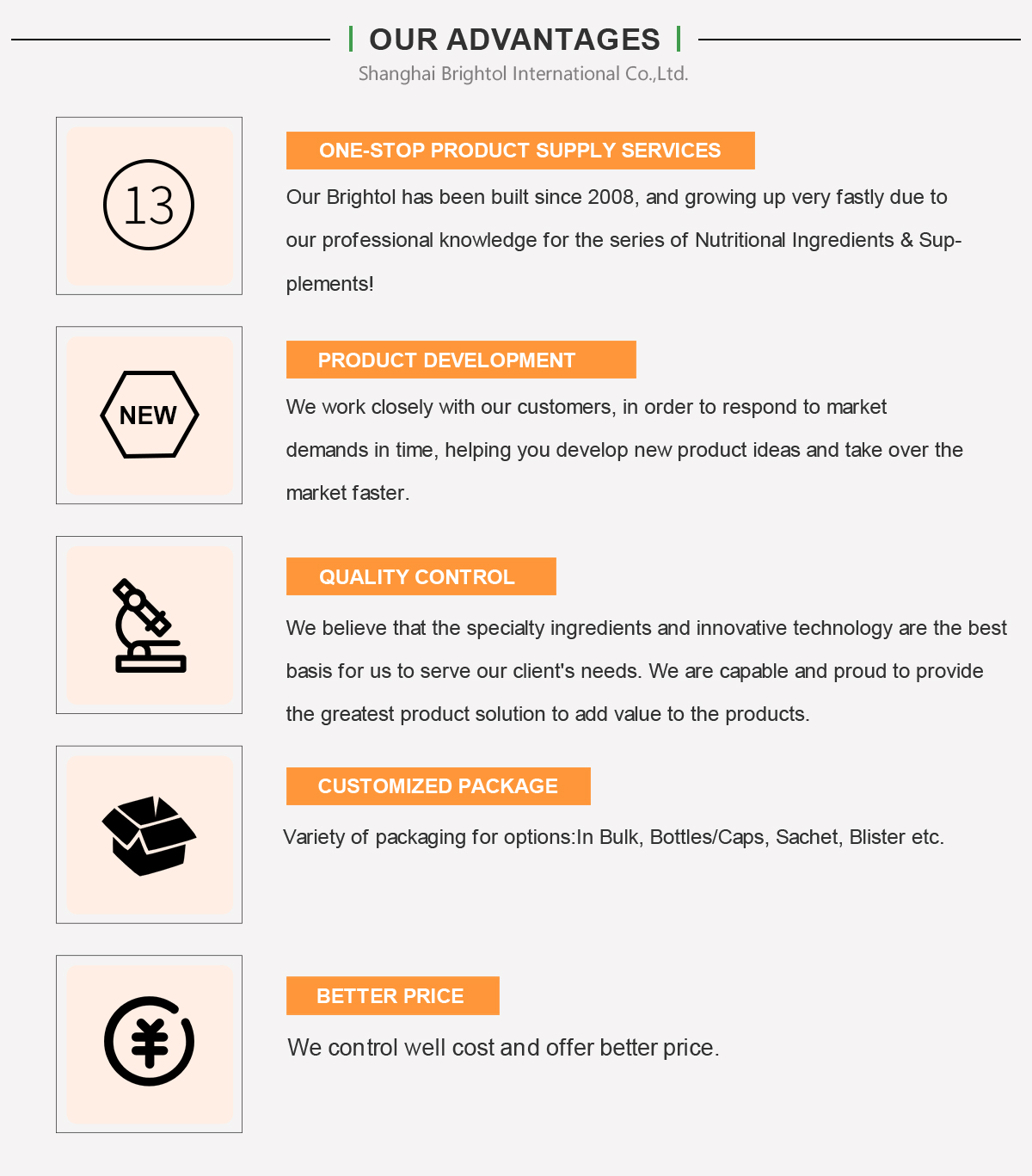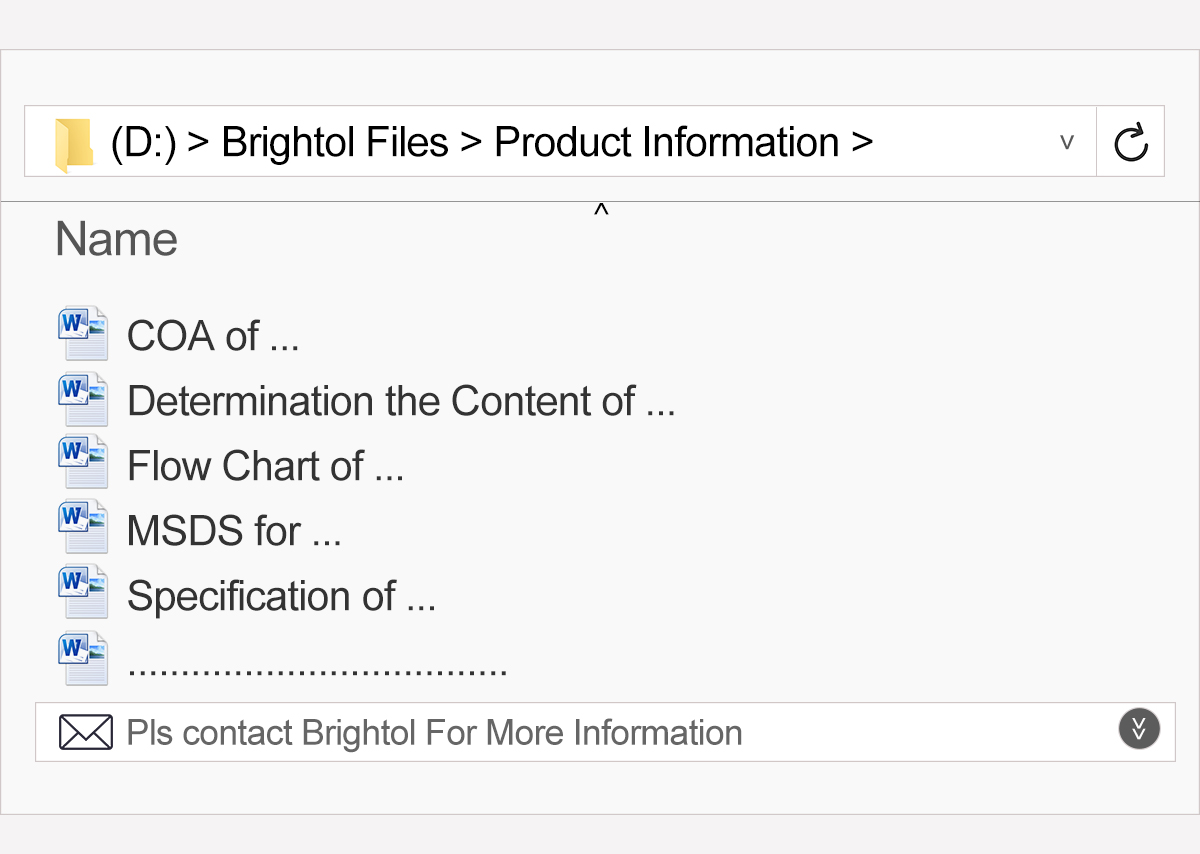

Description
A kiwifruit(Actinidia Chinensis) has an oblong shape with a maximum length of about three inches and a diameter of about two inches. It has a greenish-brown skin and bright green or gold flesh when fully ripe. The flesh contains small black seeds that are edible. Kiwifruit has a sweet flavor with variable acidity depending on growing conditions. The major producers of kiwifruit include Italy, China, New Zealand, Chile, Greece and France.
Kiwifruit originates from China, although its commercial cultivation didn’t begin until the early 20th century in New Zealand. It was originally known as Chinese gooseberry due to its origin and flavor and was also marketed as melonette when it was first exported to the United States. Kiwifruit growers in New Zealand began using the term “kiwifruit” in 1962 to improve its market appeal in the United States......




Description
A kiwifruit(Actinidia Chinensis) has an oblong shape with a maximum length of about three inches and a diameter of about two inches. It has a greenish-brown skin and bright green or gold flesh when fully ripe. The flesh contains small black seeds that are edible. Kiwifruit has a sweet flavor with variable acidity depending on growing conditions. The major producers of kiwifruit include Italy, China, New Zealand, Chile, Greece and France.
Kiwifruit originates from China, although its commercial cultivation didn’t begin until the early 20th century in New Zealand. It was originally known as Chinese gooseberry due to its origin and flavor and was also marketed as melonette when it was first exported to the United States. Kiwifruit growers in New Zealand began using the term “kiwifruit” in 1962 to improve its market appeal in the United States.
Actinidin, also known as actinidain, is one of the significant components in kiwifruit with respect to its health benefits. This enzyme is a protein-dissolving enzyme, or protease, that breaks proteins into smaller polypeptides. Additional bioactive components in kiwifruit include flavonoids and carotenoids such as beta-carotene, lutein and zeaxanthin. Kiwifruit is also a rich source of vitamins C, K and E, as well as dietary fiber. Kiwifruit is typically dehydrated to a powder when used as a health supplement to concentrate these components.
Benefits
1) Respiratory support
2) Digestive health support
3) Healthy cholesterol level management
4) Circulation managemen
